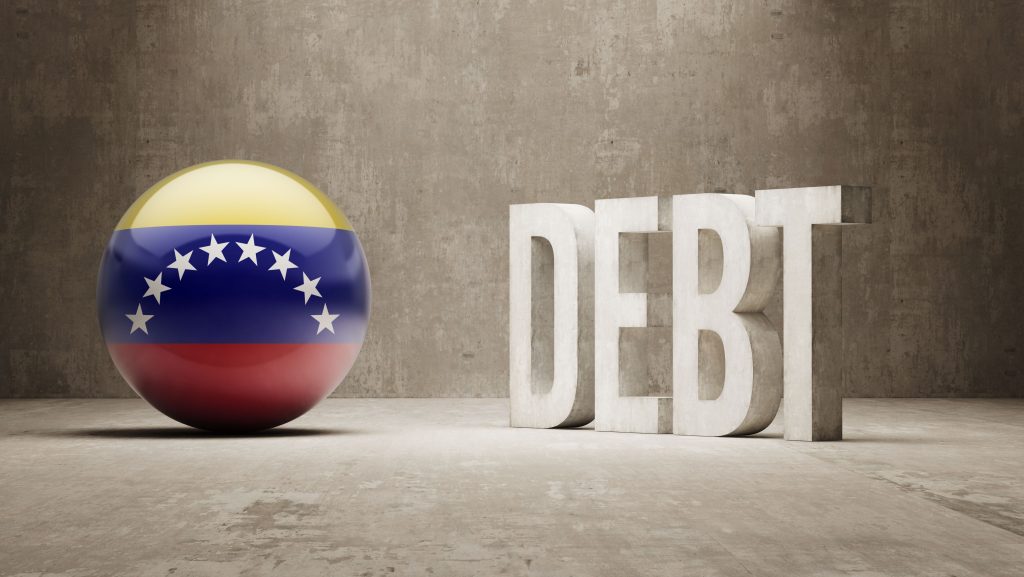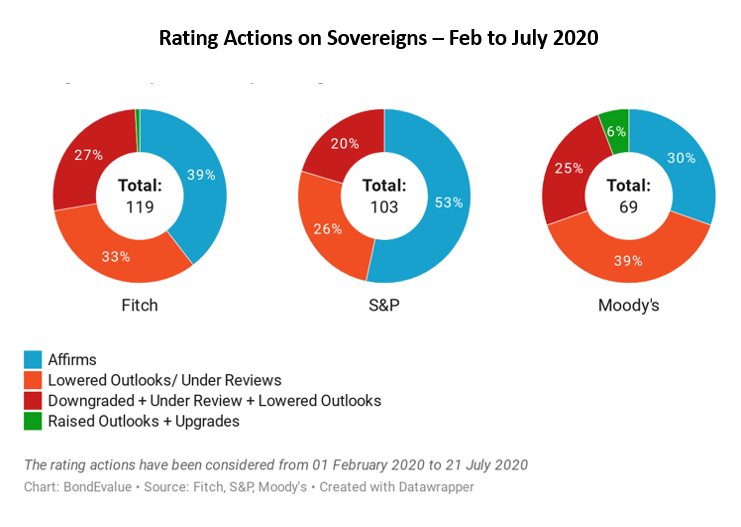This site uses cookies to provide you with a great user experience. By using BondbloX, you accept our use of cookies.
| | | | | | | | | | | | | | | | | | | | | | | | | | | | | | | | | | | | | | | | | | | | | | | | | | | | | | | | | | | | | | | | | | | | | | | | | | | | | | | | | | | | | | | | | | | | | | | | | | | | | | | | | | | | | | | | | | | | | | | | | | | | | | | | | | | | | | | | | | | | | | | | | | | | | | | | | | | | | | | | | | | | | | | | | | | | | | | | | | | | | | | | | | | | | | | | | | | | | | | | | | | | | | | | | | | | | | | | | | | |
Bond Market News
Kenya Downgraded to B By S&P on Growing Fiscal Deficit and External Debt
March 8, 2021

Kenya’s rating has been lowered to B (stable) from B+ by S&P, pushing it further into junk territory. This comes on the back of the pandemic, which resulted in the nation’s real GDP growth dropping to 0.2% in 2020 from ~5.6% in the last 5 years. Even though the GDP is expected to rise to 4.4% in 2021 and average 5.3% in 2021-2024, the fiscal deficit of the country is likely to increase to 8.7% of GDP for FY 2021 ending in June before falling to 7.7% in FY 2022. The country managed to plug the deficit through a $739mn bullet payment from IMF’s Rapid Credit Facility and another $1bn from the World Bank. It has also reached an agreement with the IMF for a $2.4bn 38-month loan and is expected to get some more funding from the World Bank. The country also plans a bond issuance of ~$1.1bn in FY 2021. Further, the African nation has managed a debt payment pause from bilateral lenders resulting in savings of ~$550mn under the G20 and Paris Club’s Service Suspension Initiative (DSSI).
The larger deficit will have a cascading effect on overall debt levels, thus adding to its vulnerabilities as its debt net of liquid assets will rise to ~66.5% of GDP in 2021-2024 from 52.5% in 2019. Its foreign exchange reserves have fallen to $7.7bn in January 2021 from $9.7bn in June 2020 though these are likely to return to ~$10bn levels in 2021-2024. The rating agency said that “Kenya’s institutional framework is relatively sophisticated compared to peers, but ethnic loyalties often supersede national ones, leading to tensions, while the establishment and expansion of counties in recent years has exacerbated fiscal pressures.”
Kenya’s 8.25% 2048s and 7.25% 2028s were down 0.83 and 0.16 points to trade at 110.85 and 111.14 respectively.
For the full story, click here
Go back to Latest bond Market News
Related Posts:








